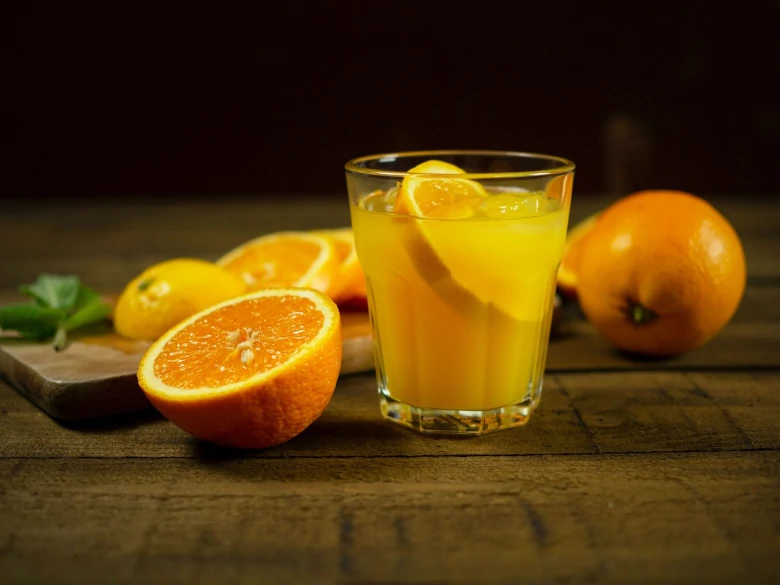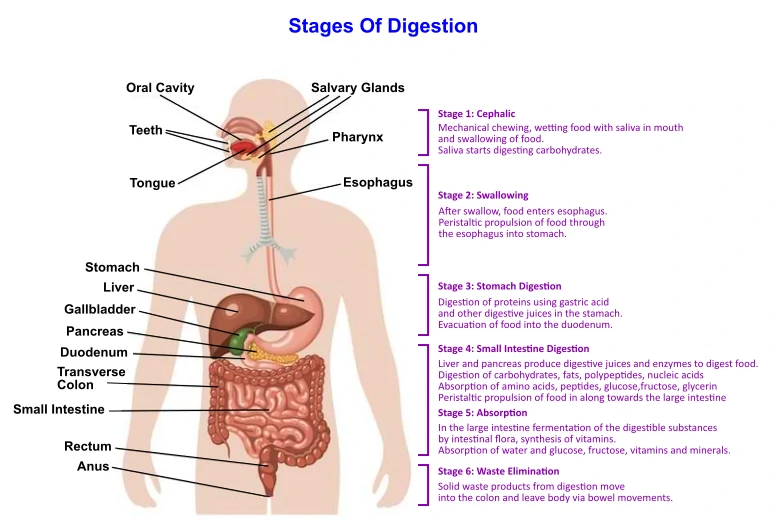Solutions And Suspensions
In this article, the following are the objectives that will be discussed.
- Understand that solutions and suspensions are mixtures.
- Distinguish between solute, solvent and solution.
- State the factors affecting solubility.
- State the factors affecting the rate of dissolving.
Types of Mixtures
The two types of mixtures are Solutions and Suspensions.
An example of a solution is vinegar and an example of a suspension is oil salad dressing.
Solutions

Image Credits: unsplash - Kevin Kelly
What are solutions?
A solution is a homogeneous mixture, where the particles are evenly distributed. Hence, a solution has a uniform appearance and composition throughout.
A solution is made up of a solute and a solvent.
A solute is a substance that dissolves in a solvent (e.g. salt).
A solvent is a substance that dissolves the solute (e.g. water).
Properties of Solutions
- The solutes in solutions are very small particles.
- Solutions are clear and transparent.
- The solute particles in a solution do not settle down to the bottom of the beaker when left undisturbed.
- No residue is left after filtering a solution.
Suspensions

Image Credits: unsplash - Mateusz Feliksik
What are suspensions?
A suspension is a mixture in which insoluble substances are suspended in a liquid or gas. It is a heterogeneous mixture, where the particles are not evenly distributed. Hence, a suspension does not have a uniform appearance and composition.
Properties of Suspensions
- The solutes of suspensions are large and insoluble particles.
- Suspensions are opaque.
- The solute particles in a suspension settle down after some time when left undisturbed.
- The residue is left on the filter paper after filtering a suspension.
Solubility
Solubility is the ability of a solute to dissolve in a solvent.
Factors affecting Solubility:
- Nature of solvent
- Nature of solute
- Temperature
Rate of Dissolving
The rate of dissolving is the amount of solute that dissolves in a fixed amount of solvent, given a fixed amount of time.
Factors affecting the Rate of Dissolving:
- Size of solute particles
- Rate of stirring
- Temperature
Revision Questions
Here are some questions for us to look into, based on the objectives of this article.
Question 1:
Which of the following explains how suspensions are formed?
- Compounds that are chemically combined
- Elements that are chemically combined
- Substances that dissolve in a liquid
- Substances that do not dissolve in a liquid
Solution:
(D) Substances that do not dissolve in a liquid
Explanation:
A suspension is a mixture in which insoluble substances are suspended in a liquid or gas.
Question 2:
Which of the following explains the rate of dissolving of a solute?
- How much a solute dissolves in a fixed volume of solvent
- How much a solute dissolves in any volume of solvent
- How fast a solute dissolves in a fixed volume of solvent
- How fast a solute dissolves in any volume of solvent
Solution:
(C) How fast a solute dissolves in a fixed volume of solvent
Explanation:
The rate of dissolving is the amount of solute that dissolves in a fixed amount of solvent, given a fixed amount of time.
Question 3:
Which of the following word equations is correct?
- solute + solute → solution
- solution + solvent → solute
- solute + solution → solvent
- solvent + solute → solution
Solution:
(D) solvent + solute → solution
Explanation:
A solution is where the solute dissolves in a solvent.
Question 4:
Which of the following affects the solubility of a solute?
- Nature of solute
- Rate of stirring
- Temperature of solvent
Choose the correct option
- I and II only
- I and III only
- II and III only
- All of the above
Solution:
(B) I and III only
Explanation:
Solubility is the ability of a solute to dissolve in a solvent.
The factors that affect the solubility of a solute are:
- nature of solute;
- nature of solvent; and
- temperature.


 SG
SG  VN
VN 
















